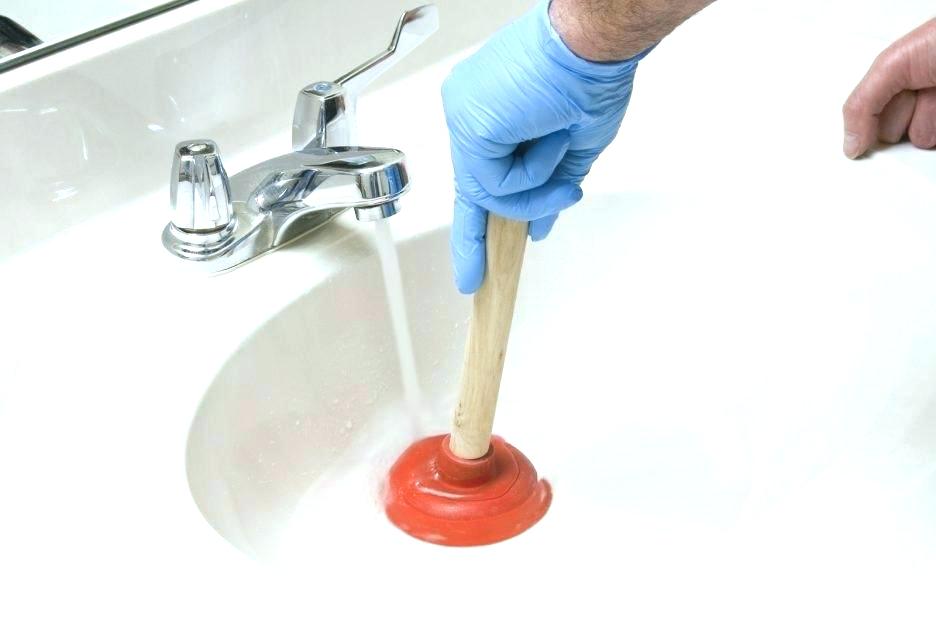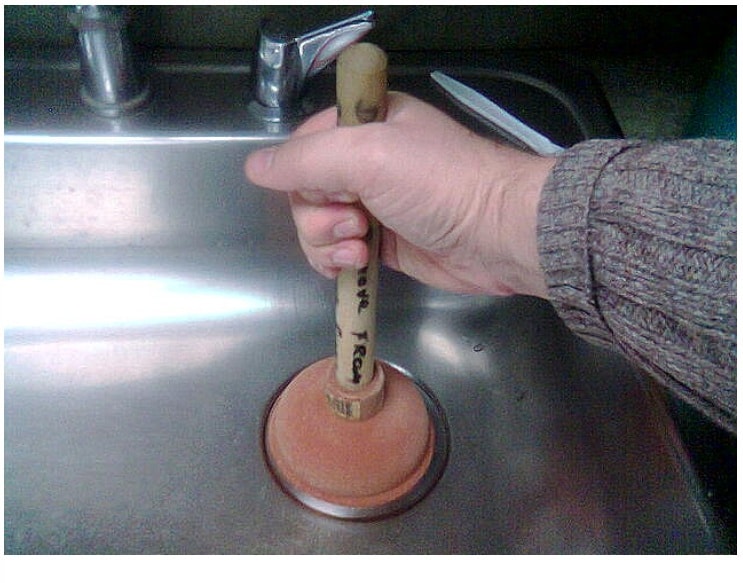5 Proven Methods to Clear a Clogged Kitchen Sink
5 Proven Methods to Clear a Clogged Kitchen Sink
Blog Article
Just about every person has his or her own perception in relation to Fixing Typical Household Plumbing Problems.

In this article, we will certainly be considering five straightforward actions you could require to free your kitchen area sink from clogs as well as save you from the pain as well as shame of taking care of a stopped up cooking area sink.
Clogged kitchen area sinks are one of one of the most common drainage problems home owners face. As well as what's even more, it's a very uneasy as well as undesirable view. Imagine going to the sink to do your meals and also finding out that the drain is blocked and also water can not flow down conveniently.
Many stopped up water drainages are brought on by food particles, oil, soap, and fat fragments. They clog the sink and make it hard for water to decrease the drain quickly. While it is appealing to put a call through to the plumbers, there are a couple of DIY hacks you can attempt first before making that call.
1. Baking Soda and Vinegar
Instead of utilizing any type of type of chemicals or bleach, this technique is safer as well as not damaging to you or your sink. Sodium bicarbonate and vinegar are daily house things utilized for numerous other points, and also they can do the method to your kitchen sink.
Firstly, remove any kind of water that is left in the sink with a mug.
Then put a great quantity of cooking soda down the drain.
Pour in one cup of vinegar.
Seal the drainage opening and also allow it to go for some minutes.
Pour hot water away to dissolve various other persistent residue and fragments.
Following this straightforward technique might do the trick, and you can have your kitchen sink back. Repeat the procedure as long as you deem necessary to free the sink of this particles totally.
2. Try a Plunger
You can try using a plunger if the problem is not from the garbage disposal. Bettors are standard house tools for this celebration, and they can come in convenient if you utilize them effectively. A flat-bottomed plunger is most ideal for this, however you can make do with what you have is a commode plunger.
Adhere to the following straightforward steps to make use of the bettor effectively:
Secure the drain with a rag and also fill the sink with some warm water
Place the bettor in position over the drain as well as start plunging
Check to see if the water runs openly after a few dives
Repeat the process till the drain is cost-free
3. Maybe it's the Garbage Disposal
In several cases, the obstruction might be due to a clog in the disposal. Usage pliers instead.
If this does not function, you can explore the complying with alternative to unclog your kitchen area sink.
4. Utilize a Hanger
Using a wire cloth wall mount or a plumber's serpent if you have one can do the method. All you require do is straighten out the wall mount to go down the drainpipe while you carefully choose out the particles creating the clog.
Run warm water down the tubes hereafter to see just how successful you were.
5. Use Boiling Water
When faced with a clogged sink, the first thing you need to attempt is to put boiling water down the drain. That is about one of the most uncomplicated solution to stopped up sinks as well as drainages. Boiling water aids counteract the particles and debris creating the obstruction, particularly if it's oil, oil, or soap bits, as well as oftentimes, it can flush it all down, as well as your sink will be back to regular.
Do not try this method if you have plastic pipelines (PVC) since hot water can melt the lines and create more damage. If you use plastic pipelines, you may intend to stay with using a bettor to obtain particles out.
Utilizing this method, activate the faucet to see just how water flows after putting hot water away. Attempt the process once again if the blockage continues. However, the obstruction could be more relentless in some cases as well as call for more than simply boiling water.
Final Words
Attempting these few methods could save you the expenditures of having a plumber check it. However in a lot of cases, a plumber is what we require. In cases where you find it difficult to unblock the sink even after trying all these approaches, it might be time to leave it to the professionals.
Get in touch with specialist plumbing companies to fix your drain troubles and other different family plumbing demands.
Clogged kitchen area sinks are one of the most typical water drainage issues property owners deal with. Visualize going to the sink to do your recipes and also finding out that the drain is blocked as well as water can not flow down easily.
They clog the sink as well as make it hard for water to go down the drain swiftly. When faced with a stopped up sink, the initial point you need to try is to put boiling water down the drainpipe. Boiling water aids counteract the fragments and debris causing the blockage, especially if it's grease, soap, or oil fragments, and in numerous cases, it can flush it all down, and your sink will be back to normal.
How to Unclog a Kitchen Sink
Take the Plunge
Start your efforts by plunging. Use a plunger with a large rubber bell and a sturdy handle. Before getting to work on the drain, clamp the drain line to the dishwasher. If you don t close the line, plunging could force dirty water into the dishwasher.
Fill the sink with several inches of water. This ensures a good seal over the drain.
If you have a double sink, plug the other drain with a wet rag or strainer.
Insert the plunger at an angle, making sure water, not air, fills the bell.
Plunge forcefully several times. Pop off the plunger.
Repeat plunging and popping several times until the water drains.Clean the Trap
The P-trap is the curved pipe under the sink. The trap arm is the straight pipe that attaches to the P-trap and runs to the drain stub-out on the wall. Grease and debris can block this section of pipe. Here s how to unclog a kitchen sink by cleaning out the trap:
Remove as much standing water from the sink as possible.
Place a bucket under the pipe to catch the water as it drains.
Unscrew the slip nuts at both ends of the P-trap. Use slip-joint pliers and work carefully to avoid damaging the pipes or fasteners.
If you find a clog, remove it. Reassemble the trap.
If the P-trap isn t clogged, remove the trap arm and look for clogs there. Run the tip of a screwdriver into the drain stub-out to fetch nearby gunk.Spin the Auger
With the trap disassembled, you re ready to crank the auger down the drain line.
Pull a 12-inch length of cable from the auger and tighten the setscrew.
Insert the auger into the drain line, easing it into the pipe.
Feed the cable into the line until you feel an obstruction. Pull out more cable if you need to.
If you come to a clog, crank and push the cable until you feel it break through. The cable will lose tension when this happens.
Crank counterclockwise to pull out the cable, catching the grime and debris with a rag as the cable retracts.

Do you like reading up on Common Household Plumbing Issues? Give feedback down the page. We will be glad to listen to your thinking about this piece. In hopes to see you back again later on. Sharing is good. Helping people is fun. I praise you for your time. Don't forget to stop by our site back soon.
Emergency plumber? One call away. Report this page